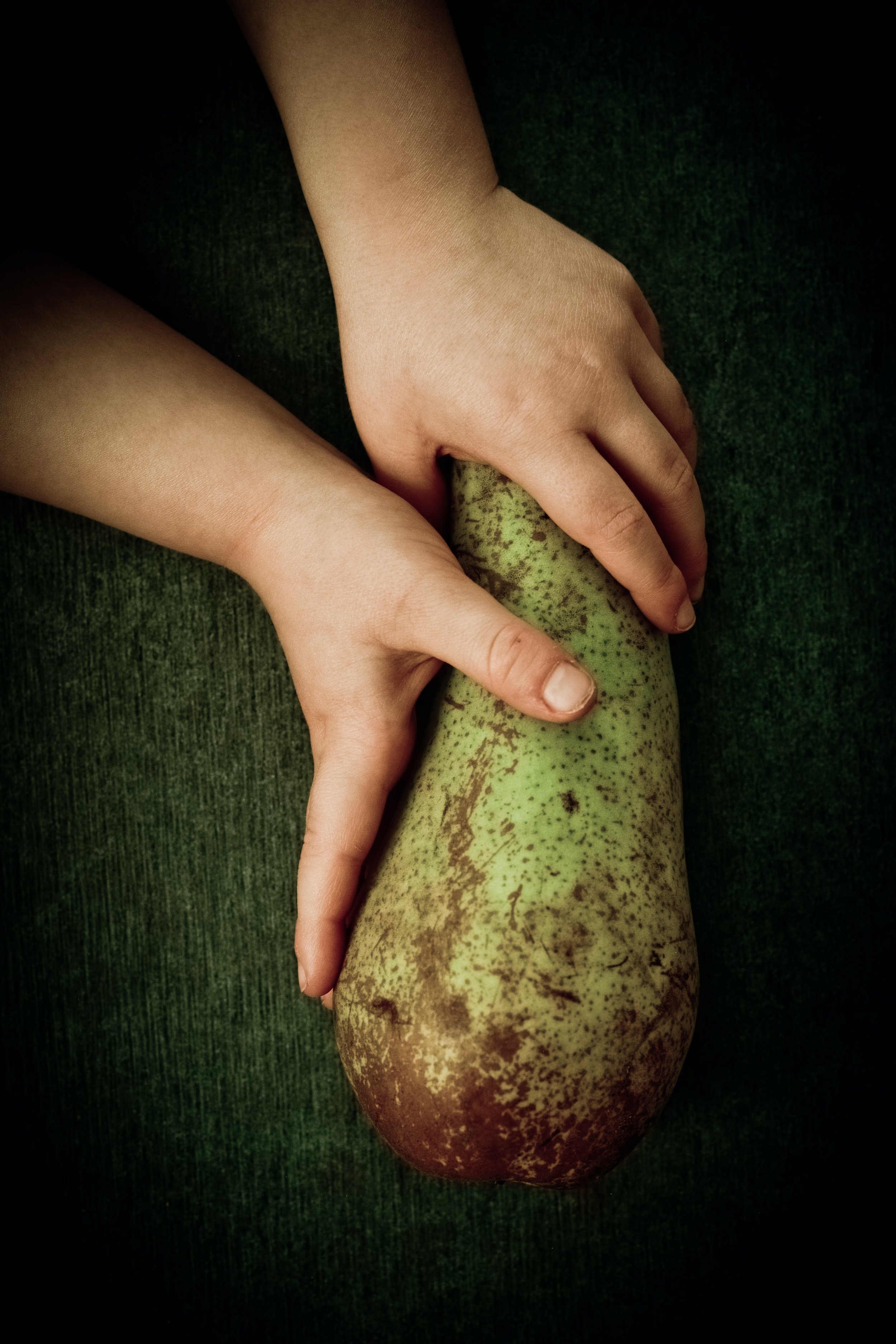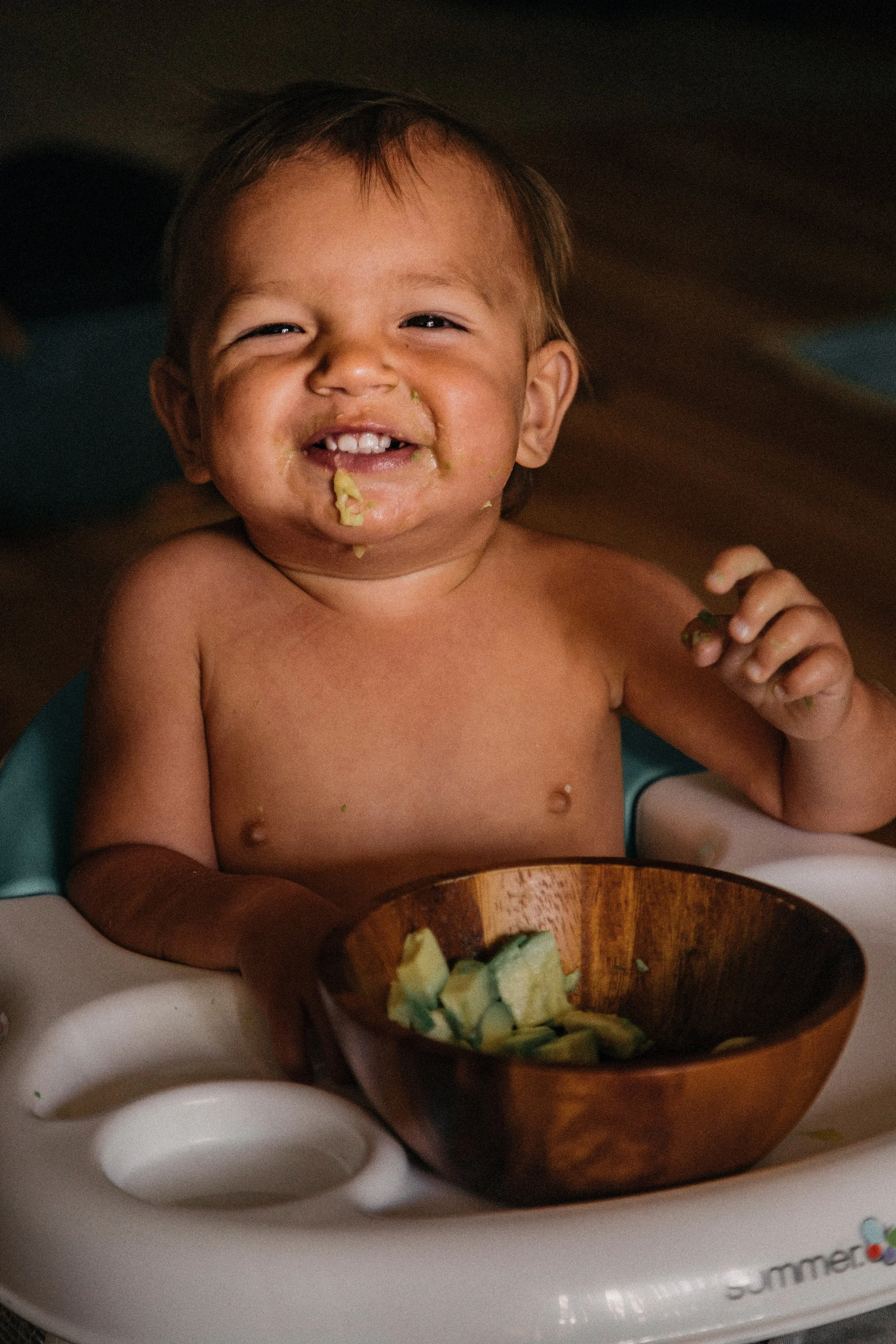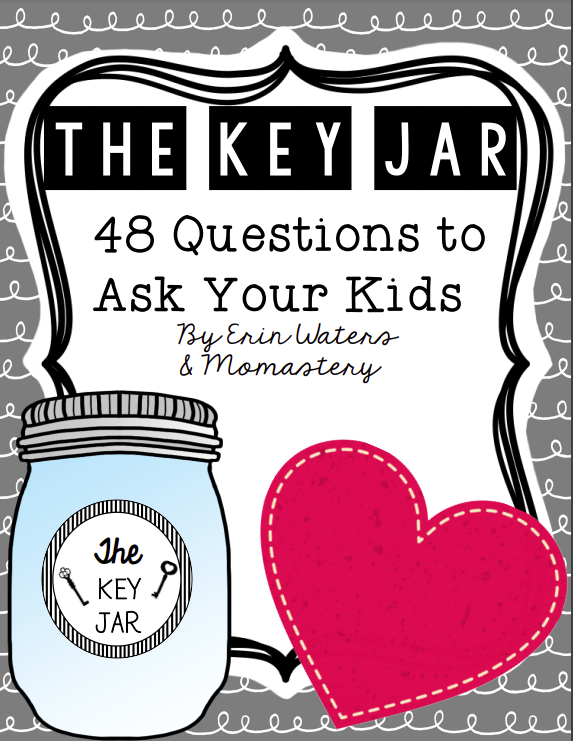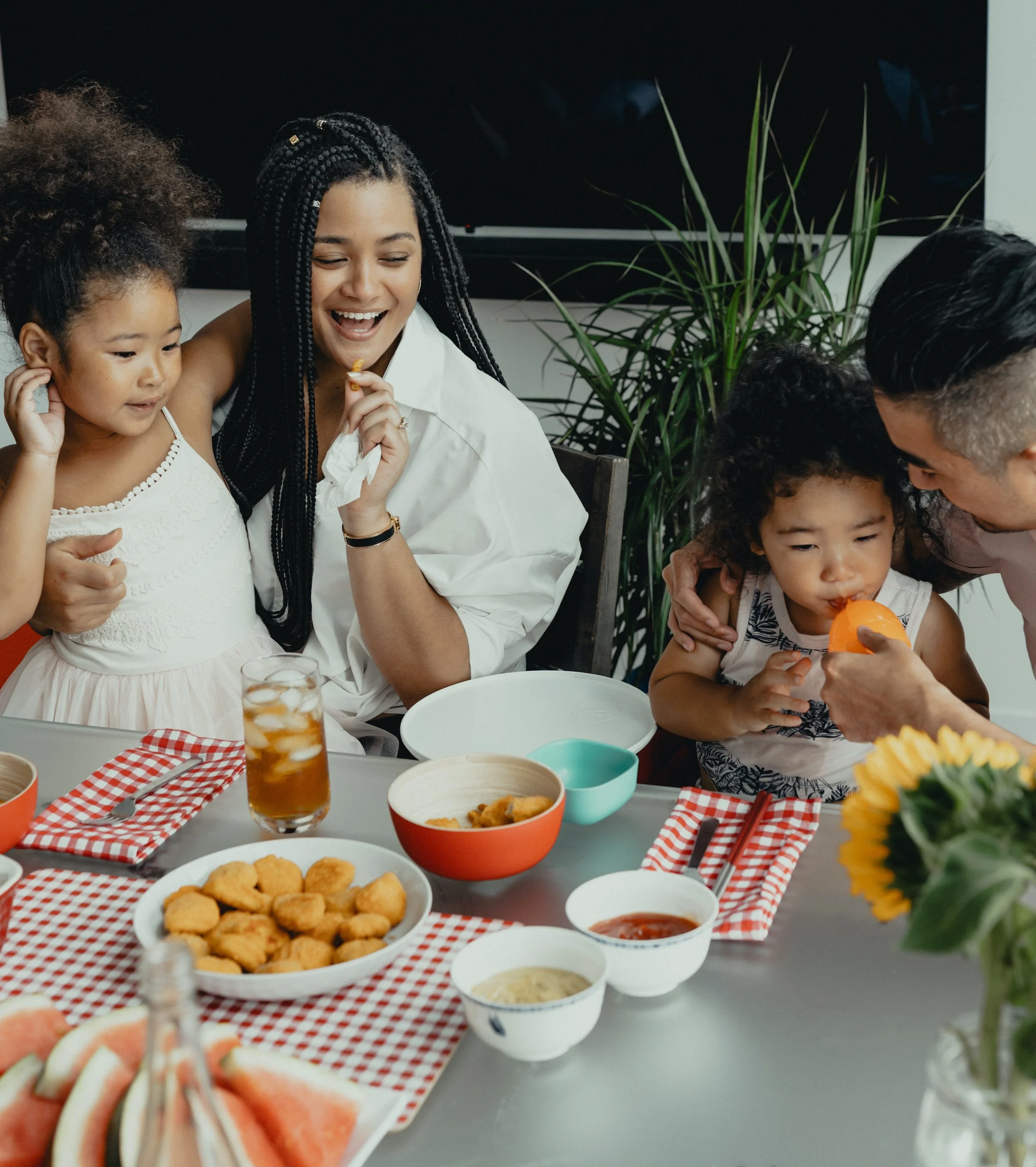

I DON’T THINK MY KIDS WILL EAT THAT!
Ever wonder how on earth you’ll ever get your children to eat up even half the amount of fruit and vegetables you know they should be eating?!
ALL TIPS AND TRICKS THAT YOU NEVER REALISED ACTUALLY WORK
~ ‘THE SOUP GAME’ ~
~ ‘THE RAINBOW’ ~
~ ‘THE QUESTION JAR’
~ ‘HIGHS/LOWS/WHAT THE HECK?’ ~
~ A “NO THANK YOU” HELPING’ ~
ALL ABOUT GAMES
If you’ve been making separate meals for yourself and your kids, I’m going to invite you to make life easier and stop doing that. Your kids are going to get all the necessary macro and micronutrients they need from eating a whole food, plant-based (WFPB) diet. They will follow your lead and try new things if you are open to trying new things. I’m assuming you’re sitting down as a family to eat dinner together. If not, now is the time to start. There’s a lot of research showing that eating dinner together is beneficial.
This may be a new way of doing things, and all new things take a little time to get used to - but there are some tricks to employ here: kids love games, so how about making dinner about some games?
EATING THE
RAINBOW
Now, cut me some slack here; these tricks may be a new way of doing things, and all new things take a little time to get used to. Nonetheless, don’t kick an idea to the side without trying!
FIRSTLY, you could try to eat the RAINBOW for dinner, challenging yourself to cover every color of the rainbow as food options. What you need to do make sure is; have a variety of fruit or vegetables in different colours.
For example, some raspberries, radishes, or beets for red. Carrots, sweet potato, orange capsicum, yellow pepper, or golden potato for orange and yellow. Green lettuce, peas, green capsicum and blueberries for the rest of the rainbow.
What you and the kids do:
With your child or children, play, “I spy with my little eye something red to eat. Does anyone else have anything red to eat on their plate?” Bringing them involved with their food may stimulate their brain with excitement and encourage them to eat foods they wouldn’t normally. As simple as it sounds, young kids eat this up (literally).
So lets talk the ‘soup game’. This one I actually saw a friend of mine do with their son and I thought, wow such a simple trick, however, to my surprise it actually worked relatively well.
What she did with her son was tell him to close his eyes, everytime he was about to sit down to a bowl of soup that he would normally not like so much.
With his eyes closed, she’d have him take a bite of soup and then proceeded to ask if he could tell her the vegetable he was eating. For some reason he loved this, though he only guessed the vegetable correctly about half the time.
The way in which we can ‘deceive’ our little kids into eating something they had construed in their mind to be something awful into something delicious, when only moments before it had seemed to be a struggle to get her child to eat even five bites - is amazing.
From here, I now call this the soup game, and I think you can easily try this one with your kids, given they are old enough to know different vegetables :)
THE
‘SOUP GAME’
The Key Jar/Highs/Lows/
What the heck
Distraction of a different sort can help too—how about a jar with questions?
This one i find is the most interactive of all the games.
Each dinner, someone takes a turn pulling out a question, and you all take turns answering it. This doesn’t have to be fancy—write out questions and put them in a Mason jar, or in an empty cup. If you have trouble finding what to write, a great selection of questions are right here for you:
Questions such as, “What was your first thought when you woke up today?” or “If you could switch places with one friend for a day, who would it be?” or “What’s the best thing about living here?” This helps to get your kids minds racing and sometimes acts as a distraction.
When you’re hungry, and also thinking and listening and conversing, you tend to eat what is in front of you.
Or go with something known as the standard: high, low, and what the heck. Each person tells of a high, a low and a what the heck moment from their day. For instance, one child might say their high was playing in the park after school. Their low was falling off the swing at the park. And their what-the-heck was when they swallowed their tooth that fell out during school lunch. This happened me actually.. wasn’t pretty!
Usually, while busy talking and listening to each other, you might find your kids would only need an occasional reminder to take a bite.
Unfortunately if above all, your children are still not so convinced to eat whats in front of them; as naturally, there will be things your kids don’t want to try, I like to call this the, “no thank you helping”.
So, even if your child doesn’t want to try something, a “no thank you helping” means they get a little bit to try, and that was all.
Research completed by Healthy Families British Columbia found it takes 12 times of trying a food to develop a taste for it.
AND IF ALL ELSE FAILS - A ‘no thank you’ helping will do.
So, maybe the first time you serve a beet it doesn’t sound good to your two-year-old. That’s okay, and very normal. You could ask them to smell it and describe what it smells like. Or move it around and see how it makes the plate red. Next time you serve it, you could dice it, or roast it, or grate it, and have them touch it and see how their fingers turn red. You don’t have to have beets every night for 12 nights. But know that it will take some time for acquired tastes to become acquired.


